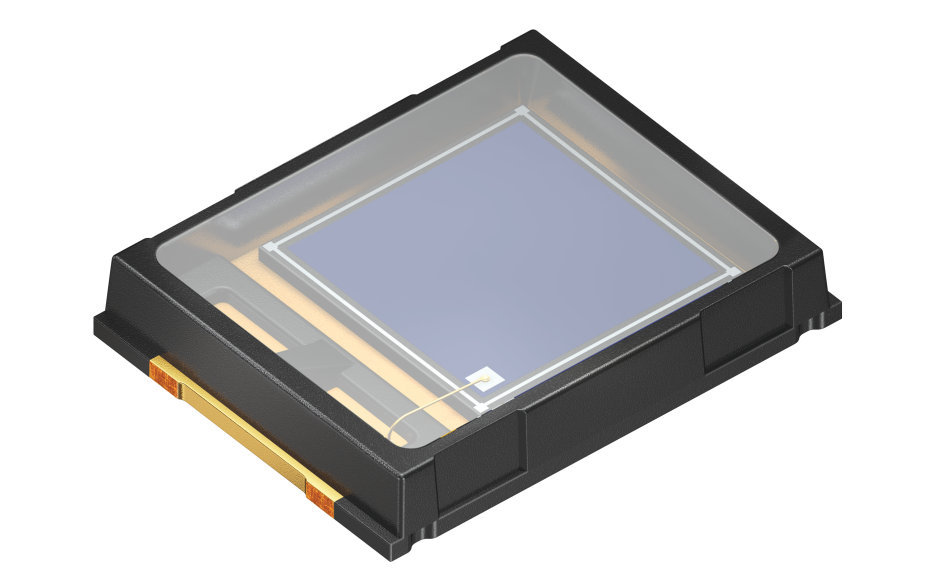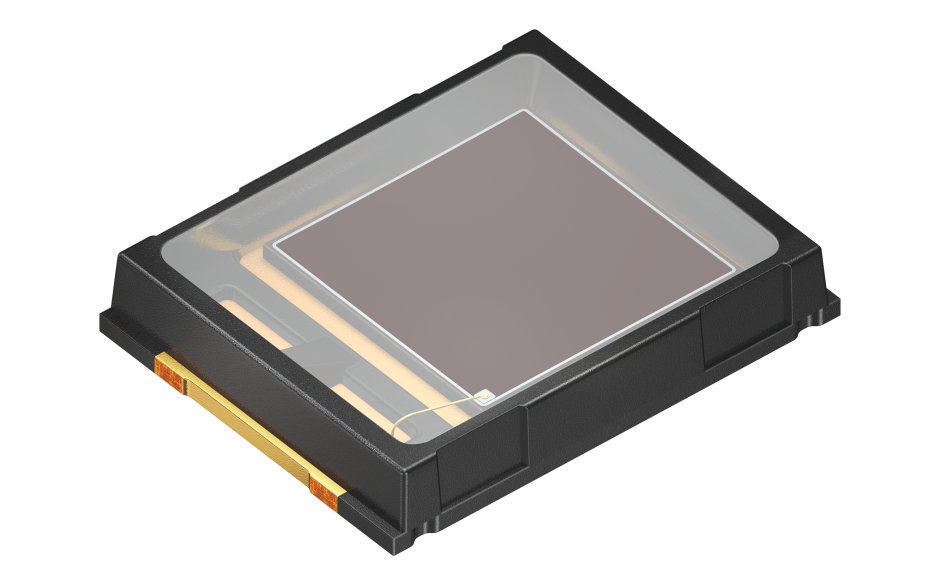Vital Advancements for Vital Signs Monitoring
Fitness bracelets, smart watches and other wearables provide more and more information to monitor our vital signs. What began with simple features such as step counting has expanded to monitoring calorie consumption, body temperature, sleep quality, blood sugar level, blood pressure, blood oxygen content and the heart rate. Optoelectronic components provide the basis to achieve the exact measurements necessary to derive these values.
Details:
Category: Wearables/Mobiles
Location: Regensburg, Germany
Technology/Services:
Photodiodes,
Optical Sensors,
Infrared emitters
Year: 2018
According to data from IDC’s Worldwide Quarterly Wearable Device Tracker, total volumes for Q2 2018 (2Q18) have reached 27.9 million units. The report forecasts 240.1 million units will be shipped in 2021. For developers this is a highly interesting market in which advances in the development of photodiodes and sensors open up new possibilities for even more precise biomonitoring systems.
The requirements by wearable manufacturers are clearly defined: end-user products need to deliver a convenient, non-invasive and fast measurement method. The measurement values are expected to be accurate, although with a higher tolerance than for medical devices. In addition the products, and therefore the components, need to be compact, robust as well as energy and cost efficient.
Component miniaturization and improved energy efficiency, to ensure a long battery life, are among the most significant advances in biomonitoring evolution. Highly efficient LEDs with narrow spectral bandwidths could be realized thanks to the thin-film chip technology. Advances in LED temperature stability and short pulses have also significantly contributed to enabling new system designs.
OSRAM Opto Semiconductors provides both discrete and integrated Optical Front End (OFE) components such as discrete emitters and detectors as well as integrated BIOFY solutions.
The company has contributed significantly to the progress in the development of these components, e.g. with the first generation of integrated optical front end solutions with emitters (SFH 7050, SFH 7051 and SFH 7060), the second generation OFE (SFH 7070 and SFH 7072), several generations of discrete multi-wavelength emitters (SFH 7012, SFH 7013) and photodetectors (SFH 2440, SFH 2200, SFH 2201).
A new milestone
The newly launched SFH2704 marks another milestone in the development progress. The compact, low profile broadband photodiode receiver with a spectral sensitive range of 400 to 1100nm is ideally suited for various vital signs monitoring applications. It can be matched with multiple wavelength emitters for various optical monitoring and testing methods, including heart-rate (HRM), oxygen saturation (SpO2) or humidity monitoring, etc.
With extremely compact package dimensions of 2.0 x 1.8 x 0.6 mm and a die sensitive area of 1.23 x 1.23 mm, it has highest utility of substrate area in the industry. The small package paves the way for a higher design flexibility – e.g. with several photodiodes that can be arranged in different patterns at different distances from several emitters -- and all in a space that could so far only host one diode. The appearance is completely black which is advantageous for industrial designs. A low capacity of 2.4pF also enables a higher signal frequency than former product generations.
Further information on Osram Opto Semiconductors technology for wearables, health and fitness monitoring can be found here.
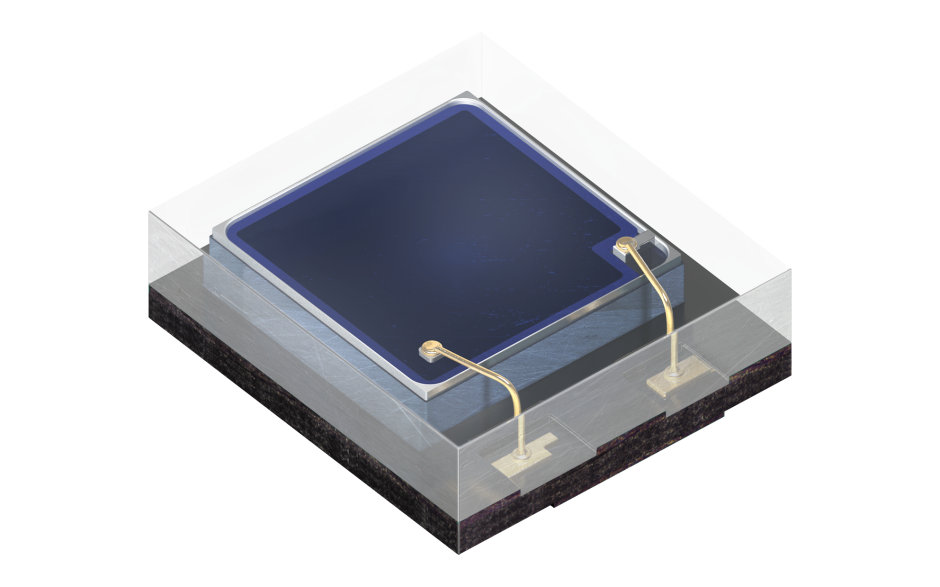 New
New
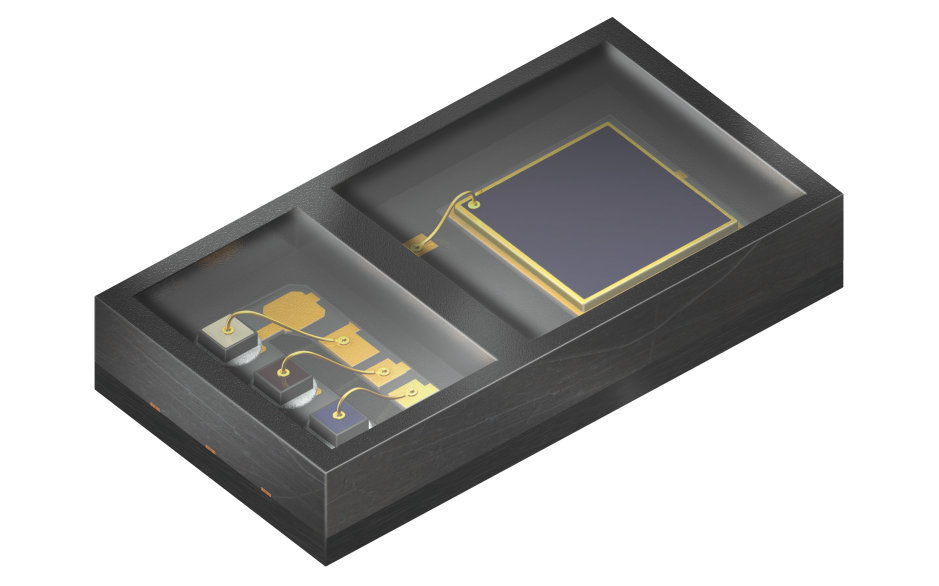
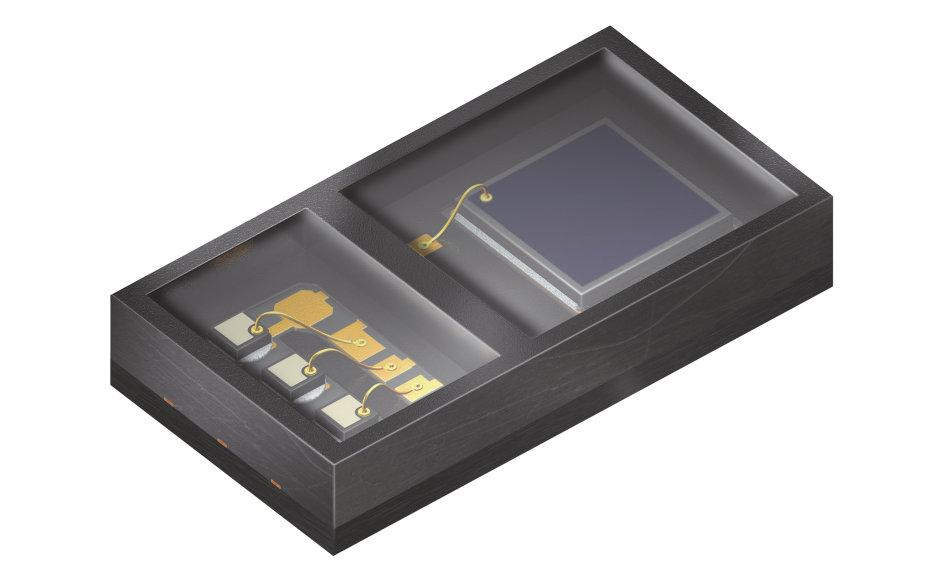
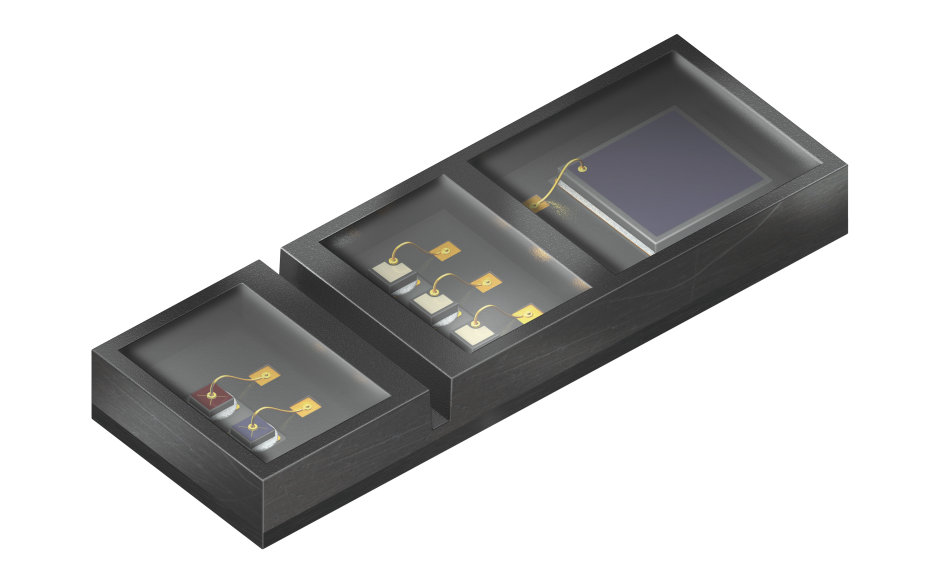
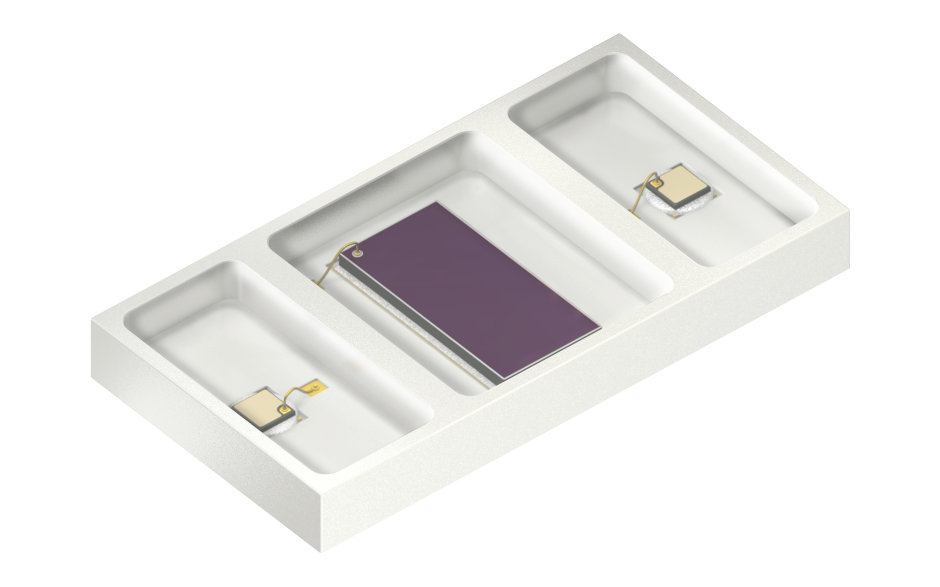
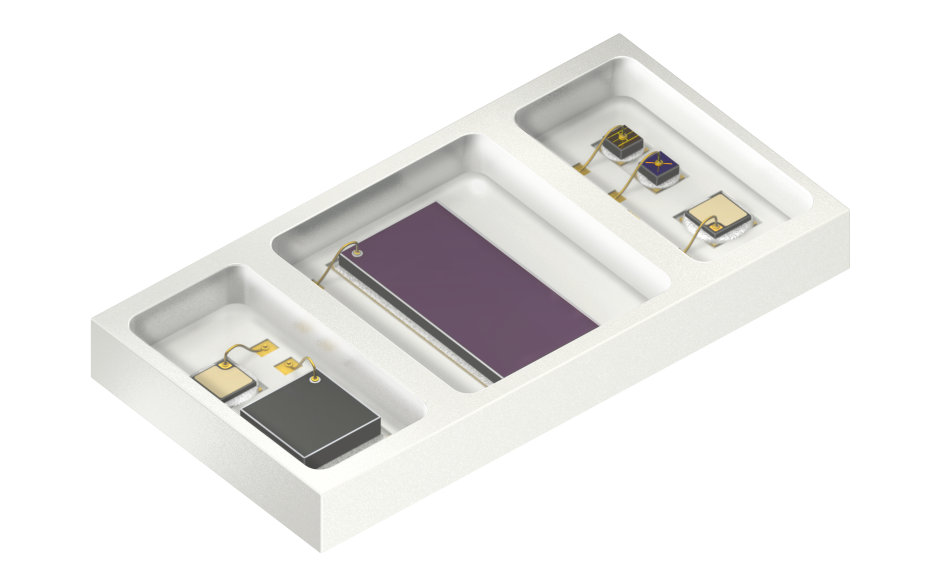
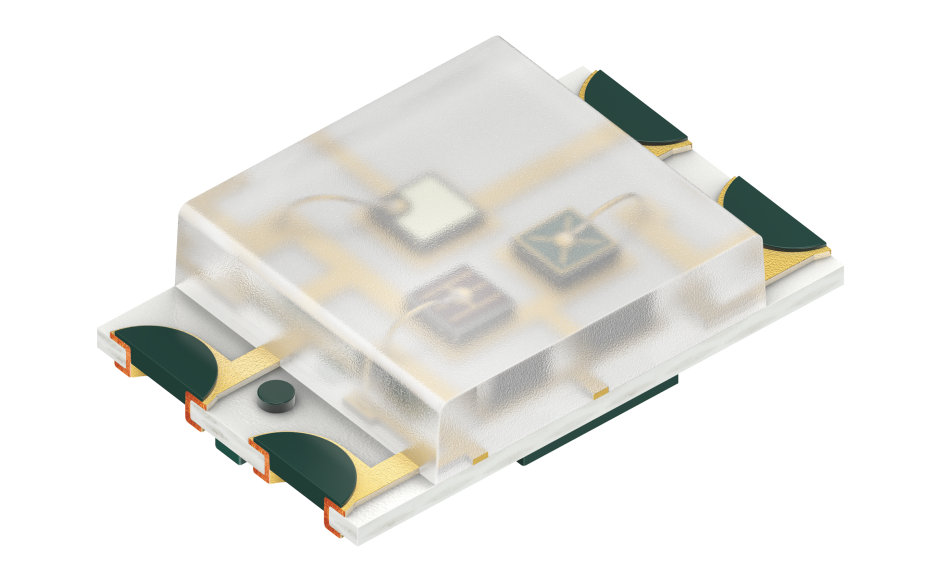
CHIPLED® SFH 7013
Infrared Emitter (940 nm) Red (655 nm) and Green (530 nm) for Mobile and Wearable Applications reduce
read more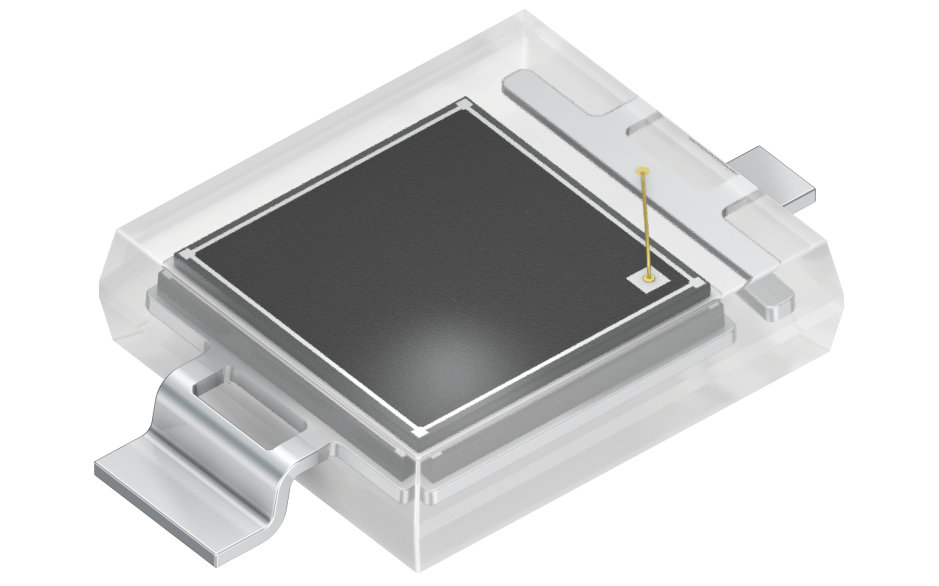
DIL SFH 2440
Silicon Photodiode with Vλ Characteristic for Mobile and Wearable Applications reduce
read more